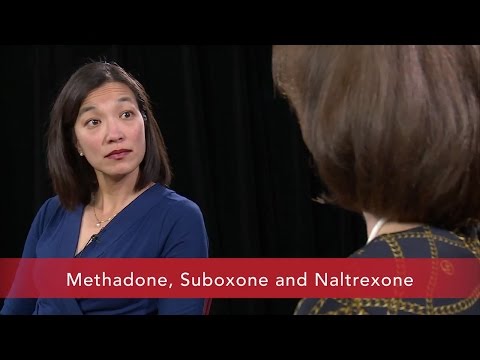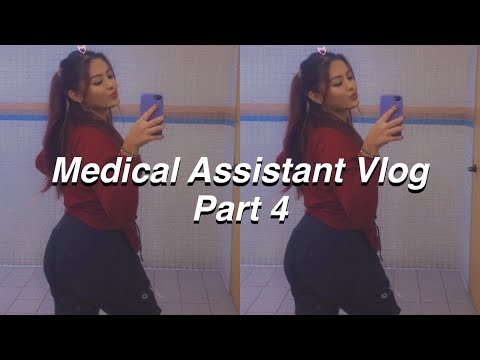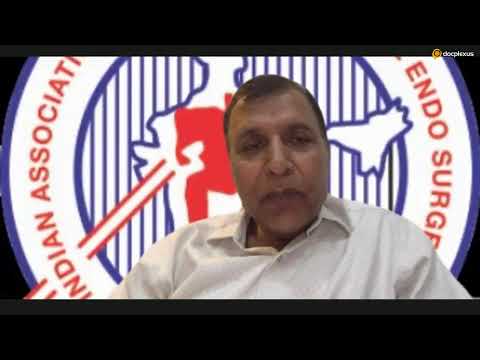Medical Assisted Treatment for Opioid Addiction
Contents
- The problem: opioid addiction in America
- The solution: medical assisted treatment
- How medical assisted treatment works
- The benefits of medical assisted treatment
- The risks of medical assisted treatment
- The cost of medical assisted treatment
- The controversy surrounding medical assisted treatment
- The pros and cons of medical assisted treatment
- The future of medical assisted treatment
- Your questions about medical assisted treatment
Medical Assisted Treatment (MAT) is a comprehensive approach to treating opioid addiction that combines medication with counseling and behavioral therapies.
Checkout this video:
The problem: opioid addiction in America
The problem: opioid addiction in America
According to the National Institute on Drug Abuse (NIDA), more than 2 million Americans suffer from disorders related to prescription opioid pain medications, and an estimated 467,000 are addicted to heroin.1,2 In 2015 alone, over 33,000 people died from an overdose involving an opioid—more than any other year on record.3
These statistics are just a snapshot of the staggering problem of opioid addiction in America. But behind these statistics are real people—people who are struggling to overcome addiction and rebuild their lives.
Medical assisted treatment (MAT) is one way that people with opioid addiction can get the help they need to recover. MAT involves the use of medication, along with counseling and behavioral therapies, to provide a “whole-patient” approach to treatment.4
MAT is not a “cure” for addiction—but it can be an important part of recovery. By helping patients manage their withdrawal symptoms and cravings, MAT can make it easier for them to stay in treatment and avoid relapse.5
If you or someone you know is struggling with opioid addiction, there is help available. MAT may be an option worth considering— talk to your doctor or a treatment provider today to learn more.
The solution: medical assisted treatment
medical assisted treatment has been shown to be the most effective way to treat addiction, and it’s becoming more and more common. There are several different medications that can be used for medical assisted treatment, and each one has different benefits and risks. The most commonly used medications are methadone, buprenorphine, and naltrexone.
Methadone is a long-acting opioid that is taken orally. It works by binding to the same brain receptors as other opioids, but it doesn’t produce the same high. Methadone is usually only given to people who have already been through detoxification and have tried other treatments without success.
Buprenorphine is a partial agonist, which means it binds to the same brain receptors as other opioids but doesn’t produce the same high. It comes in the form of a sublingual film or tablet that dissolves under the tongue. Buprenorphine can be used for people who are just beginning treatment or who have tried other treatments without success.
Naltrexone is an opioid antagonist, which means it blocks the effects of opioids. It comes in the form of an injection or an implantable pellet that is placed under the skin. Naltrexone can be used for people who are at risk of relapse or who have tried other treatments without success.
How medical assisted treatment works
Medical assisted treatment is a method of treatment for opioid addiction that involves the use of medication. The medication helps to reduces the symptoms of withdrawal and craving, and it also helps to block the effects of opioids.
Medical assisted treatment is often used in combination with counseling and other therapies. It is important to remember that medical assisted treatment is not a cure for opioid addiction, but it can help people to overcome their addiction and lead healthy, productive lives.
The benefits of medical assisted treatment
Medical assisted treatment (MAT) is a approach to treating opioid addiction that combines medication and behavioral therapy. It is considered the gold standard of care for opioid addiction, as it has been shown to be more effective than either medication or behavioral therapy alone.
MAT has a number of benefits, including reducing the risk of relapse, reducing the severity of withdrawal symptoms, and increasing the likelihood of successful long-term recovery. In addition, MAT can help people stay in treatment and improve their overall health.
The risks of medical assisted treatment
There are many risks associated with medical assisted treatment for opioid addiction. These risks include but are not limited to:
-Overdose: One of the most significant risks of medical assisted treatment is the potential for overdose. When taking medication such as methadone or buprenorphine, there is a risk that the patient could take too much and suffer serious consequences, including death.
-Dependence: Another risk of medical assisted treatment is that the patient could become reliant on the medication in order to feel normal. This could lead to the patient continuing to use opioids even after they have completed treatment, which could ultimately lead to relapse.
-Side Effects: As with any medication, there is also a risk that the patient could experience side effects from taking methadone or buprenorphine. These side effects could range from mild to severe, and in some cases, they could be deadly.
The cost of medical assisted treatment
The cost of medical assisted treatment (MAT) for opioid addiction can vary depending on the type of treatment and the length of time required. In general, MAT services are covered by most insurance plans, but there may be some out-of-pocket costs such as co-pays or deductibles. The specific cost will vary depending on the individual’s insurance coverage. Medicaid and Medicare typically cover MAT services with no out-of-pocket costs for those who qualify.
The controversy surrounding medical assisted treatment
Medical assisted treatment, also known as MAT, is a type of treatment for opioid addiction that has become increasingly controversial in recent years. Proponents of MAT argue that it is an effective way to help people overcome addiction and get their lives back on track. Opponents of MAT argue that it is simply a way to replace one addiction with another.
MAT involves the use of medications, such as methadone or buprenorphine, to help people wean themselves off of opioids. The medications work by binding to the same receptors in the brain that opioids do, but they do not produce the same high as opioids do. This allows people who are addicted to opioids to gradually reduces their usage without experiencing withdrawal symptoms or feeling the need to use more and more of the drug to get the same effect.
Critics of MAT argue that it does not address the underlying causes of addiction and simply replaces one addiction with another. They also argue that there is a risk of people becoming dependent on the medication used in MAT, which can be just as difficult to break as an opioid addiction.
proponents of MAT argue that it is a safe and effective way to help people overcome opioid addiction and get their lives back on track. They point to studies that show MAT can significantly reduce the number of overdose deaths and help people stay in treatment for longer periods of time. They also argue that MAT is much less expensive than other methods of treatment, such as inpatient rehabilitation, and that it can be started quickly and easily.
The controversy surrounding medical assisted treatment is likely to continue for some time. However, both sides agree that any type of treatment should be tailored to the individual needs of the person addicted to opioids, and that there is no one-size-fits-all solution to overcoming addiction.
The pros and cons of medical assisted treatment
Medical assisted treatment (MAT) is the use of medication to treat addiction. It is a controversial topic, with some people claiming that it is an effective way to help people overcome addiction and others asserting that it simply replaces one addiction with another.
There are pros and cons to medical assisted treatment. Some of the advantages include the fact that it can help people reduce their use of harmful drugs, it can make withdrawal easier and less painful, and it can provide people with structure and support during recovery. However, there are also some disadvantages to MAT, including the fact that it is not a cure for addiction, it can be expensive, and some people may become addicted to the medication used in treatment.
ultimately, whether or not medical assisted treatment is right for you is a personal decision. It is important to speak with your doctor and your treatment team to learn more about the risks and benefits before making a decision.
The future of medical assisted treatment
Medical assisted treatment (MAT) is an effective way to treat opioid addiction. It involves the use of medication to help reduce withdrawal symptoms and cravings, making it easier for people to stick to their treatment plan. MAT is often used in combination with counseling and other supportive services.
There are several different types of medication that can be used for MAT, including methadone, buprenorphine, and naltrexone. Each medication has its own benefits and risks, so it’s important to talk to a doctor or other healthcare provider to find out which option is right for you.
MAT is a key part of the opioid addiction treatment process, and it’s important to remember that it’s only one piece of the puzzle. addiction treatment also requires counseling, support from family and friends, and other services. But MAT can be a helpful tool for many people who are struggling with opioid addiction.
Your questions about medical assisted treatment
Medical assisted treatment (MAT) is a comprehensive approach to treating opioid addiction that combines medication and behavioral therapies. It has been shown to be effective in reducing opioid use, improving patient outcomes, and preventing overdoses.
If you or someone you know is struggling with opioid addiction, consider getting help from a MAT program. This guide will answer some of your questions about how MAT works and what to expect.







